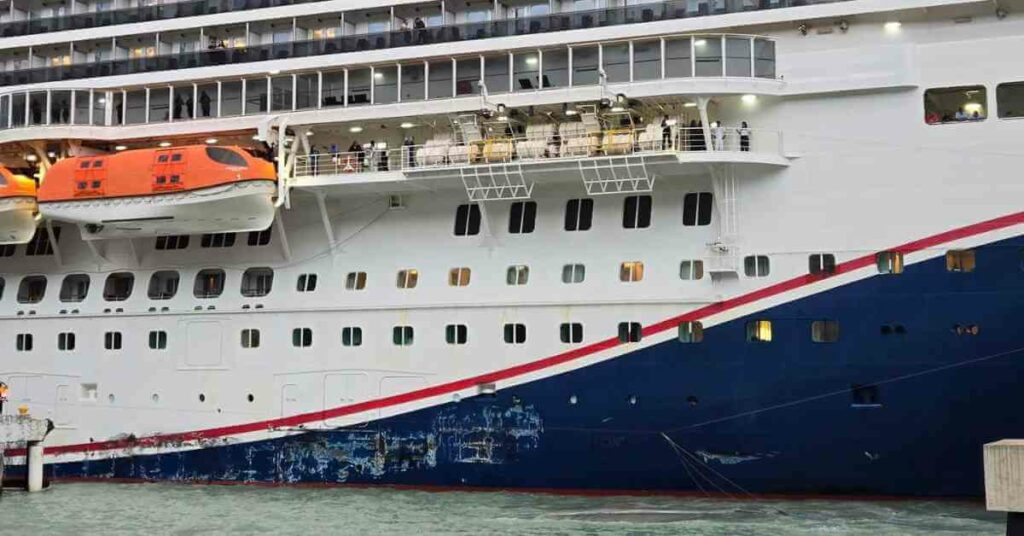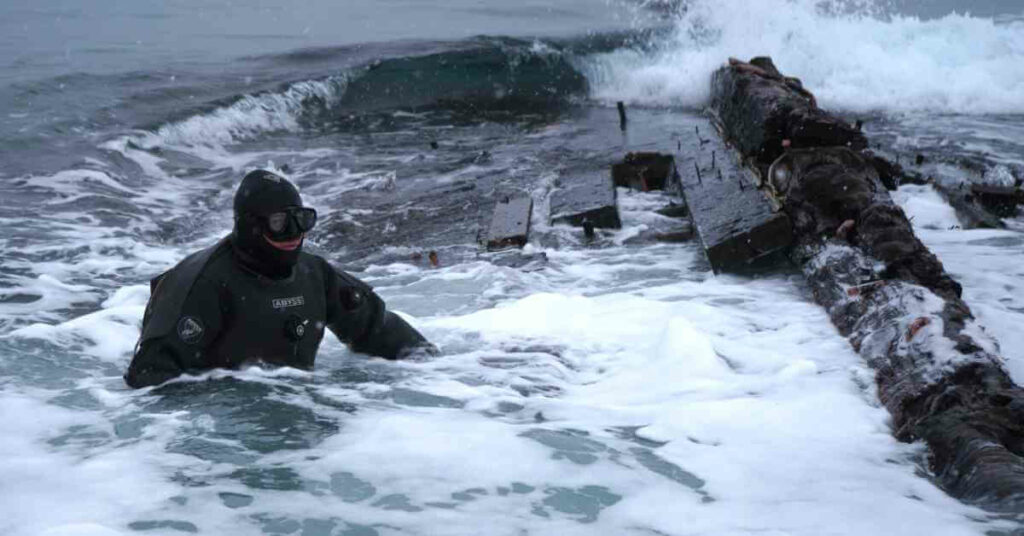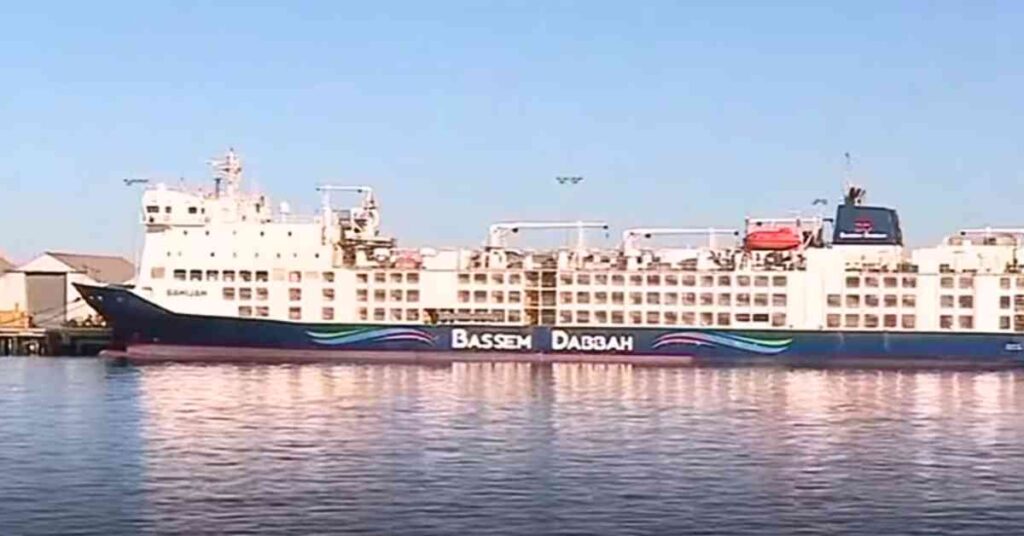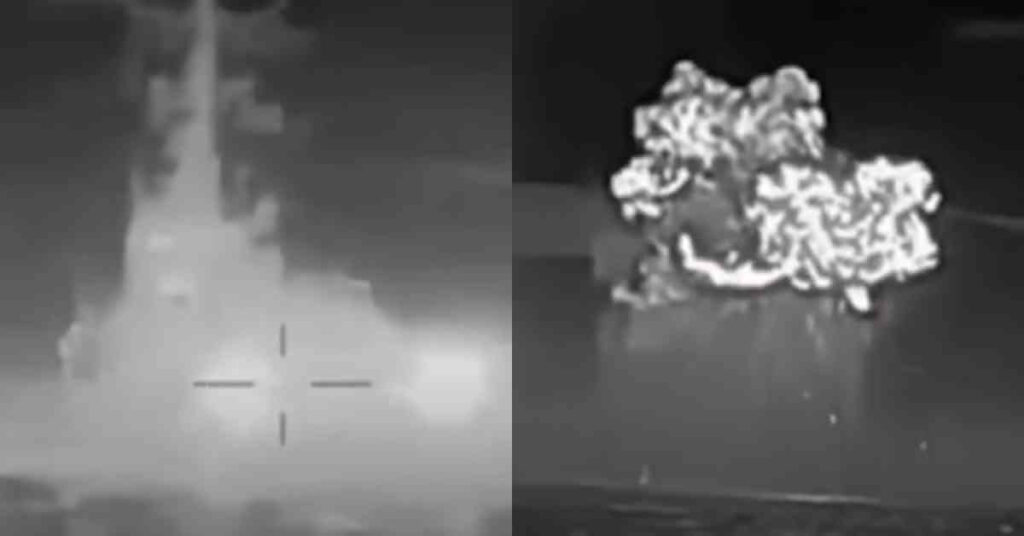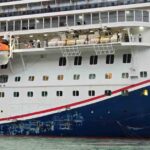Watch: How Ships Run In Water?
If you want to move forward, you need to push backwards.
This fundamental law of physics was first described in the 18th century by Sir Isaac Newton and it still holds true today.
Newton’s third law of motion (sometimes called “action and reaction”) is not always evident, but it’s the essence of anything that moves us through the world.
When you’re walking down the street, your feet push back against the road to move you forward.
In a car, it’s the wheels that do something similar as their tires kick back against the road.
But what about ships being powered by propellers.
They too use Newton’s third law, because a propeller pulls or pushes you forward by hurling a mass of water behind you. How exactly does it work? Why is it such a funny shape? Let’s take a closer look through this video.
First, let us understand the propeller design.
What does a propeller look like and why the shape?
Analogous to a traditional table fan, a ship propeller has a central boss which is like the backbone of the entire arrangement. It mates with the rotating shaft which corroborates with the engine room mechanism.
Moving up to the blades, blades are synonymous with the propellers themselves.
Blades are mounted on the hub similar to thin aerofoil sections which can create a hydrodynamic lift required to produce thrust.
The ship propeller has two hydrodynamic surfaces: Face and Back.
The propeller also consists of two edges, the leading and trailing edge. The edge which pierces the water surface first in order of succession is termed as the Leading Edge.
Depending upon the sense of rotation of the propeller (whether it rotates clockwise or anticlockwise), either of the two edges can become the leading edge. The other edge, which follows or ‘lags behind’ the leading edge is termed as the Trailing Edge.
Types of Propellers
The seagoing ships are usually fitted with two types of propeller:
Fixed pitch propeller: The fixed-pitch propeller is one whose blades are fixed in the propeller boss and to change the direction of the ship, the direction of rotation of the propeller needs to be changes which is achieved when the engine rotation is reversed.
Controllable pitch propeller: A controllable-pitch propeller is made up of a boss with separate blades mounted into it. An internal mechanism enables the blades to be moved simultaneously through an arc to change the pitch angle and therefore the pitch.
Working of Propeller
To understand the working of a propeller, let us see a propeller from the stern of the ship (propeller in stop condition). Now let’s make this propeller as a right hand rotating propeller where its projecting blades are rotating from top to bottom and moving from left to right (showing propeller started rotating).
Similar to the swimming action where we throw our hands and pushes the water down and back, the propeller blades will also push the water down. However, it will create a space which will be immediately filled by water rushing behind the blade. This will lead to a pressure differential situation between the two sides of the blade: a positive pressure created by the pushing effect of the underside of the propeller blade, and a negative pressure created by the pulling effect on the top side of the propeller blade.
This pressure difference will occur on all the blades as they rotate in the full circle of rotation as the engine shaft attached to the propeller is rotated by the combustion chamber fuel explosion. So the propeller is both pushing and being pulled through the water.
During this motion, the propeller produces axial and transverse thrust.
The axial thrust produced by the propeller against the water acts on the thrust bearings of the intermediate shaft which then transmits the thrust against the ship’s structures to move the ship.
Axial thrust, or fore and aft thrust is the force which causes a ship to move ahead or astern through the water. The propeller blades are shaped to give the most efficiency when moving the ship ahead and less efficiency when going astern.
Transverse Thrust
The depth of immersion of a propeller has also an effect on working of the propeller.
Transverse thrust is the sideways thrust of the propeller blades as they rotate. The upper blades work near the surface and their transverse effect is not sufficient to cancel out the opposite effect of the lower blades. The effect is for right-handed propellers resultant thrust tends to cant a vessel’s stern to the starboard and her bow to port when the engines are put ahead. When going astern, the stern cant to port and the bow cants to starboard. This action cannot be controlled as the rudder is ineffective when going astern.
Stopping distance from full ahead depends largely on axial thrust and is important especially in case of emergency manoeuvres.
It might be about 6 ship lengths for a 10000-tonne cargo ship but will depend on the type and size of the ship, the power available and also on factors like drought and trim.
The ship’s propulsion system is the heart which runs the ship from port to port. Without the propeller, the ship will not be able to move ahead or aster, whatever amount of power is produced by the ship’s engine.
There have been many research and development being done on the shape and number of blades of the propeller to provide highest propulsion efficiency to the vessel and the ship propellers can get as big as 10m in diameter and as heavy as 100~130 tonnes. Know more about the biggest propeller in the world by watching our video.
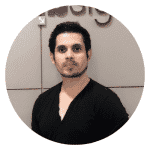
About Author
Raunek Kantharia is a marine engineer turned maritime writer and entrepreneur. After a brief stint at the sea, he founded Marine Insight in 2010. Apart from managing Marine Insight, he also writes for a number of maritime magazines and websites.
Do you have info to share with us ? Suggest a correction
Latest Videos Articles You Would Like:
- Cruise Ship Damaged Due To Severe Weather, Passengers Stuck Abroad
- Archaeologists Examine 19th-Century Shipwreck Found On Canadian Coast
- Australia Stops Livestock Ship From Sailing Around Africa To Israel Amidst Houthi Attacks
- Iran Warns U.S. Of Targeting Cargo Ships Following Latest Airstrikes On Houthis
- Watch: Ukrainian Forces Destroy Russian Missile Boat In Black Sea Operation
- Two Dead After Tragic Collision Between Water Taxi And Passenger Ferry In the Philippines
Subscribe To Our Newsletters
By subscribing, you agree to our Privacy Policy and may receive occasional deal communications; you can unsubscribe anytime.



